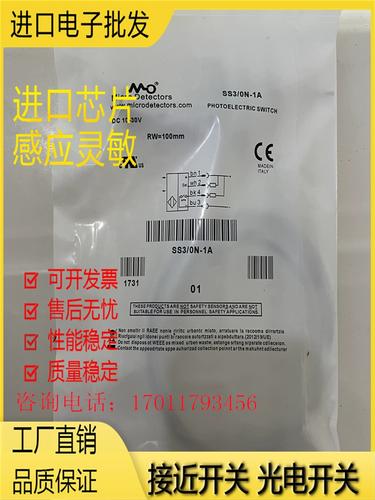
Understanding OP and LP Methods
When it comes to analyzing and estimating production efficiency, two prominent methods that often come up are the Olley-Pakes (OP) method and the Levinsohn-Petrin (LP) method. These methods are widely used in various fields, including economics, finance, and business management. In this article, we will delve into the intricacies of these two methods, exploring their underlying principles, applications, and limitations.
Olley-Pakes Method
The Olley-Pakes method, developed by Olley and Pakes in 1996, is a semi-parametric estimation technique that addresses the issue of simultaneity bias in production function estimation. This method assumes that firms make investment decisions based on their current production levels, using their current investment as a proxy for unobserved productivity shocks. By doing so, it effectively mitigates the simultaneity bias problem that arises when estimating production functions.

One of the key advantages of the OP method is its ability to provide consistent estimates of firm-level production functions. However, it is important to note that this method requires the assumption that the proxy variable (investment) and total output maintain a monotonic relationship. This assumption implies that firms with zero investment cannot be estimated, which can lead to the exclusion of a significant number of firms from the estimation process.
Levinsohn-Petrin Method
The Levinsohn-Petrin method, introduced by Levinsohn and Petrin in 2003, addresses the issue of excluding firms with zero investment in the OP method. Instead of using investment as a proxy variable, this method utilizes intermediate goods input indicators. This approach allows for a more comprehensive estimation of firm-level production functions, as it considers a broader range of inputs.
One of the main advantages of the LP method is its ability to provide a more accurate estimation of total factor productivity (TFP) by incorporating intermediate goods inputs. However, it is important to note that the LP method requires a more complex data structure and may be more sensitive to data quality issues compared to the OP method.
Comparing OP and LP Methods
When comparing the OP and LP methods, it is essential to consider several factors, including data availability, model assumptions, and the specific research question at hand. Here is a table summarizing some key differences between the two methods:

| Method | Data Requirement | Model Assumptions | Advantages | Limitations |
|---|---|---|---|---|
| Olley-Pakes | Panel data with firm-level investment and output information | Monotonic relationship between investment and output | Consistent estimates of firm-level production functions | Exclusion of firms with zero investment |
| Levinsohn-Petrin | Panel data with firm-level intermediate goods input and output information | More complex data structure | More accurate estimation of TFP by incorporating intermediate goods inputs | More sensitive to data quality issues |
Applications of OP and LP Methods
The OP and LP methods have been widely applied in various research areas. For instance, in economics, these methods have been used to estimate TFP in industries and firms. In finance, they have been employed to analyze the impact of investment on firm performance. Additionally, these methods have found applications in business management, where they have been used to assess the efficiency of production processes and identify areas for improvement.
Conclusion
In conclusion, the OP and LP methods are valuable tools for analyzing and estimating production efficiency. While both methods have their strengths and limitations, they offer valuable insights into the factors driving productivity and efficiency in firms and industries. By understanding the underlying principles and applications of these methods, researchers and practitioners can make more informed decisions and develop more effective strategies for improving productivity and efficiency.




